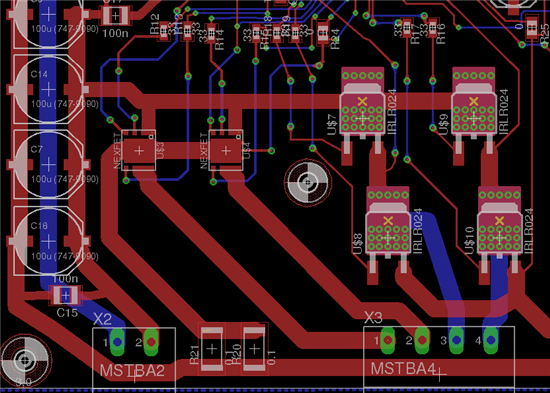Hi, I have created a board based on the rdk stepper using an lm3s9b96 and two drv8432. Can anyone provide some insight on how to implement fast and slow decay. Thanks
-
Ask a related question
What is a related question?A related question is a question created from another question. When the related question is created, it will be automatically linked to the original question.


